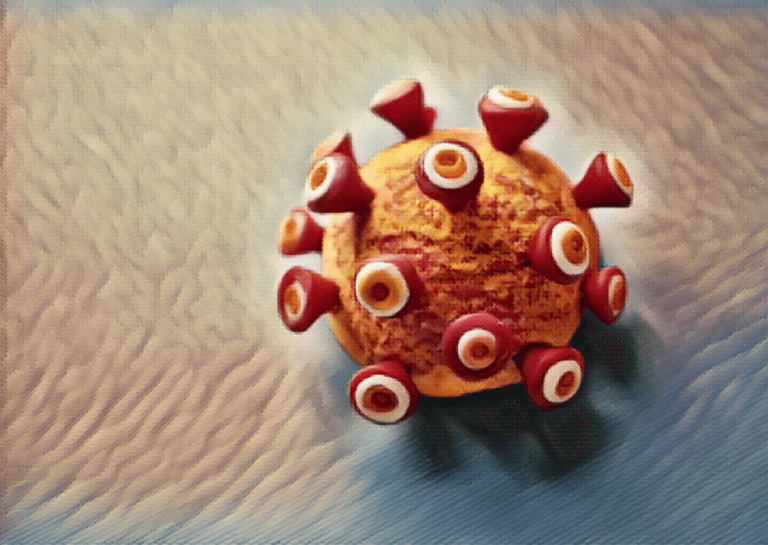As students are getting ready to go back to school, what symptoms should parents look for in deciding whether their child should be tested for COVID-19. In this article, we will discuss what healthcare professionals advise parents if they believe their child may have COVID-19. As well as how you can prepare ahead of time for your child to go back to school.
If your child wakes up with a runny nose, it could be a lot of things. Cold, allergies, or even covid. According to NPR and researchers at the University of Pittsburgh, in step 1 you should keep your child home from school. Step 2, call your pediatrician and explain any symptoms and recent events such as traveling.
What could prompt a doctor to suggest that your child should get tested? It could be the symptoms such as if your child has a fever or loss of taste or smell. It could be the situation if your child has been exposed to someone who tested positive for COVID-19.
According to Mayo Clinic, there are differences in cold and COVID-19 symptoms that you can look for. Muscle aches, tiredness, fever, nausea, and loss of taste or smell without having a runny nose, are more often to be symptoms of COVID-19. Wet cough, sneezing, and difficulty smelling due to a stuffy nose, are more likely to be symptoms of a cold. Unlike COVID-19, symptoms of seasonal allergies include Itchy nose, eyes, mouth or inner ear, and sneezing. Symptoms of the flu and COVID-19 have the most overlap, with the primary difference being the loss of taste and smell early on with COVID-19.
As a parent, you should do preemptive research to find out where is the nearest or fastest testing site. What’s helpful is that some testing sites can give results in as little as 12-24 hours. Another thing you can do is keep some antigen tests at home. Now, you can get these 15-minute tests from many pharmacies. They cost about $25 but they are considered reliable for someone who has symptoms so if your child has sniffles or a cough, they could give a pretty accurate read.
What do you do if your child tests positive for COVID-19? Dr. Cassandra Pierre, an epidemiologist at Boston Medical Center says that while with the delta variant we are hearing about more cases of infection among kids, kids are less likely to experience severe complications and hospitalizations. Kids are very resilient, but as a parent, it’s best to be prepared ahead of time.
Beforehand, make a household plan for if your child does test positive. Is there a separate room and bathroom they can have to themselves? If space is tight there are other things you can do such as have everyone wear masks around the house, except for eating or sleeping. You can also open the windows, turn on fans, or use an air filter. Then after a few days test again to see if anyone else in your household is sick. If so, you may want to make a list of people you can ask for help from such as friends, family, or neighbors who are fully vaccinated.
What does the CDC consider a “close contact” at school for someone who tested positive? In what cases should you quarantine your child for being exposed at school? According to the CDC definition, close contact at school is limited. This is in part because they recommend universal indoor masking for all teachers, staff, students, and visitors to schools, regardless of vaccination status. If your child was at least 3 feet away from the child that tested positive and they were both wearing masks, then your child is not exposed. But, if one of them was not wearing a mask, your child would need to quarantine. This is assuming they are not vaccinated.
If you think you might have signs or symptoms of COVID-19, talk to your doctor. Remember, taking preventive measures can help you stay healthy.
References
Coronavirus disease 2019 (COVID-19): How to protect yourself & others. Centers for Disease Control and Prevention. https://www.cdc.gov/coronavirus/2019-ncov/prevent-getting-sick/prevention.html.
Coronavirus disease 2019 (COVID-19): How COVID-19 spreads. Centers for Disease Control and Prevention. https://www.cdc.gov/coronavirus/2019-ncov/prevent-getting-sick/how-covid-spreads.html.
Similarities and differences between flu and COVID-19. Centers for Disease Control and Prevention. https://www.cdc.gov/flu/symptoms/flu-vs-covid19.htm.
Mayo Clinic. “COVID-19, Cold, Allergies and the FLU: What Are the Differences?” Mayo Clinic, Mayo Foundation for Medical Education and Research, 18 May 2021, www.mayoclinic.org/diseases-conditions/coronavirus/in-depth/covid-19-cold-flu-and-allergies-differences/art-20503981.
“Considerations for Case Investigation and Contact Tracing in K-12 Schools and Institutions of Higher EDUCATION (IHES).” Centers for Disease Control and Prevention, Centers for Disease Control and Prevention, www.cdc.gov/coronavirus/2019-ncov/community/schools-childcare/contact-tracing.html#print.
Garcia-Navarro, Lulu. “Kids and COVID-19.” NPR, NPR, 7 Aug. 2021, www.npr.org/2021/08/01/1023495751/kids-and-covid-19-taliban-gains-in-afghanistan-senate-vote-on-infrastructure-bil.

